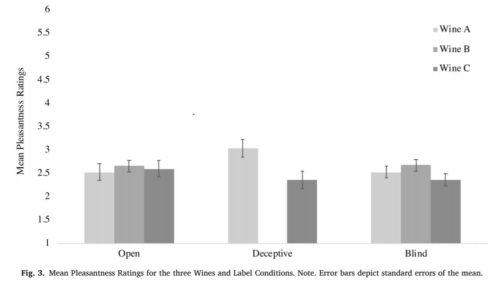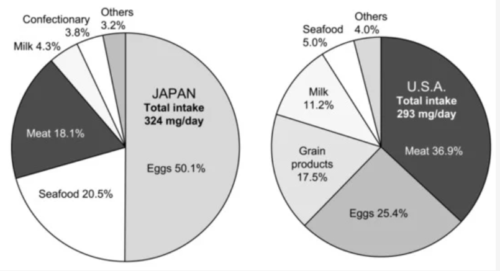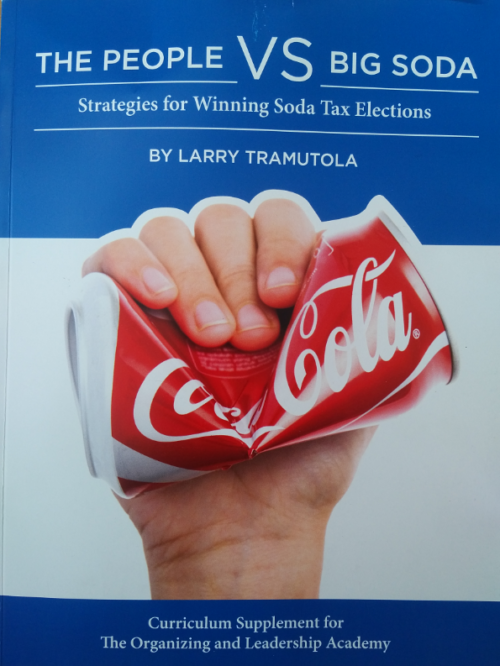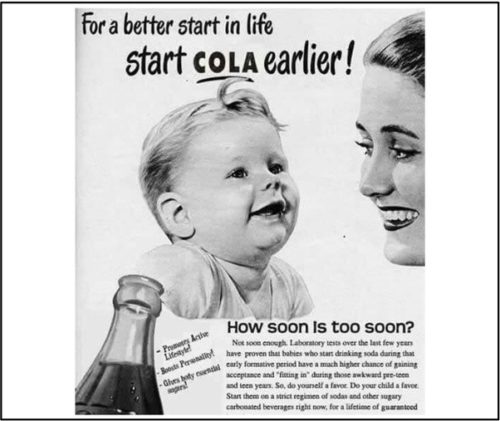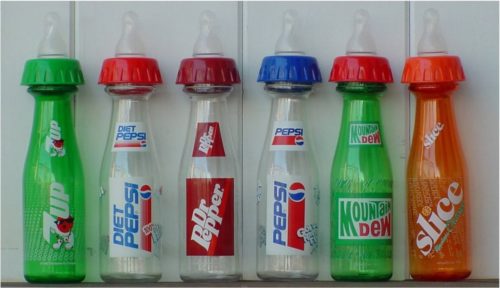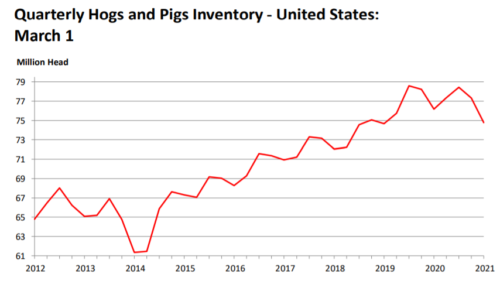Keeping up with the global market for Cannabis edibles
The FDA’s Cannabis website is still the go-to place for staying on top of the regulatory status. It hasn’t done much since January:
- Better Data for a Better Understanding of the Use and Safety Profile of Cannabidiol (CBD) Products
- FDA Warns Companies Illegally Selling CBD Products
The Institute for Food Technology has an update on Consumers, Covid-19, and CBD edibles.
Here’s the latest on safety: CBD safety: Large-scale study finds no evidence of liver toxicity from oral CBD products: Colorado-based ValidCare has announced the preliminary findings from its industry-sponsored, decentralized human safety study of hemp derived CBD products, with the data indicating no liver toxicity…. Read more
And here’s what’s happening internationally:
- Legal status of CBD around the world: this site explains the legal status in numerous international countries.
- Global market for CBD edibles
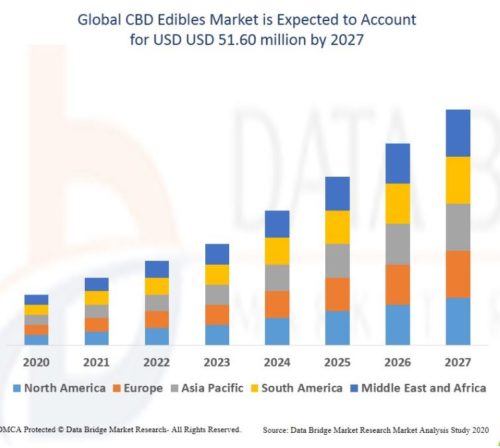
- UK: CBD ‘key market’ in post-Brexit UK: Concessions enabling more CBD products to meet the Food Standards Agency’s (FSA’s) novel food application deadline suggest the UK could be becoming a major player in cannabis edibles, according to law firm Fieldfisher… Read
- Thailand: Hemp and CBD in Thailand: Food and supplement companies rush into NPD as FDA approves draft regulation: A number of Thai companies, including CP Foods and DOD Biotech, have stated their intentions in developing new food, supplement and beverages containing hemp, as new regulatory developments unfold in the country…. Read more
- Mexico: While Mexican businesses and cannabis enthusiasts celebrate a hard-fought passage of recreational cannabis in Mexico’s lower house, many questions remain for a country that recently saw nearly two-thirds of its citizens disapprove of the measure.

